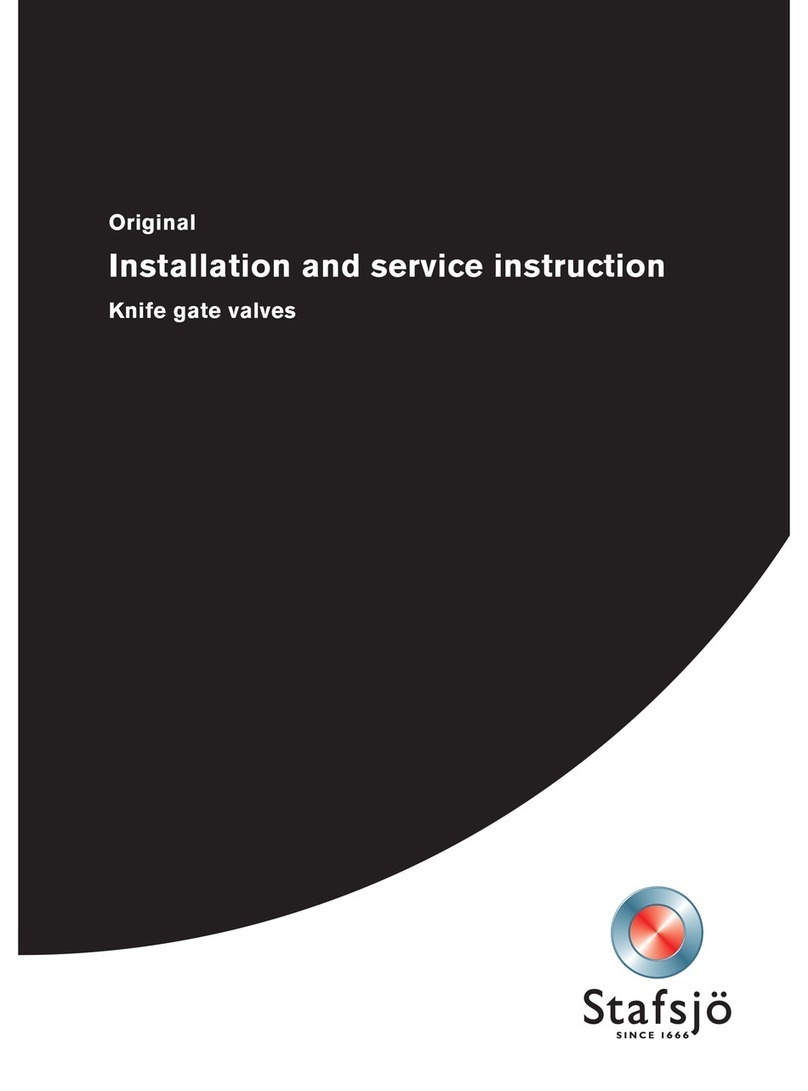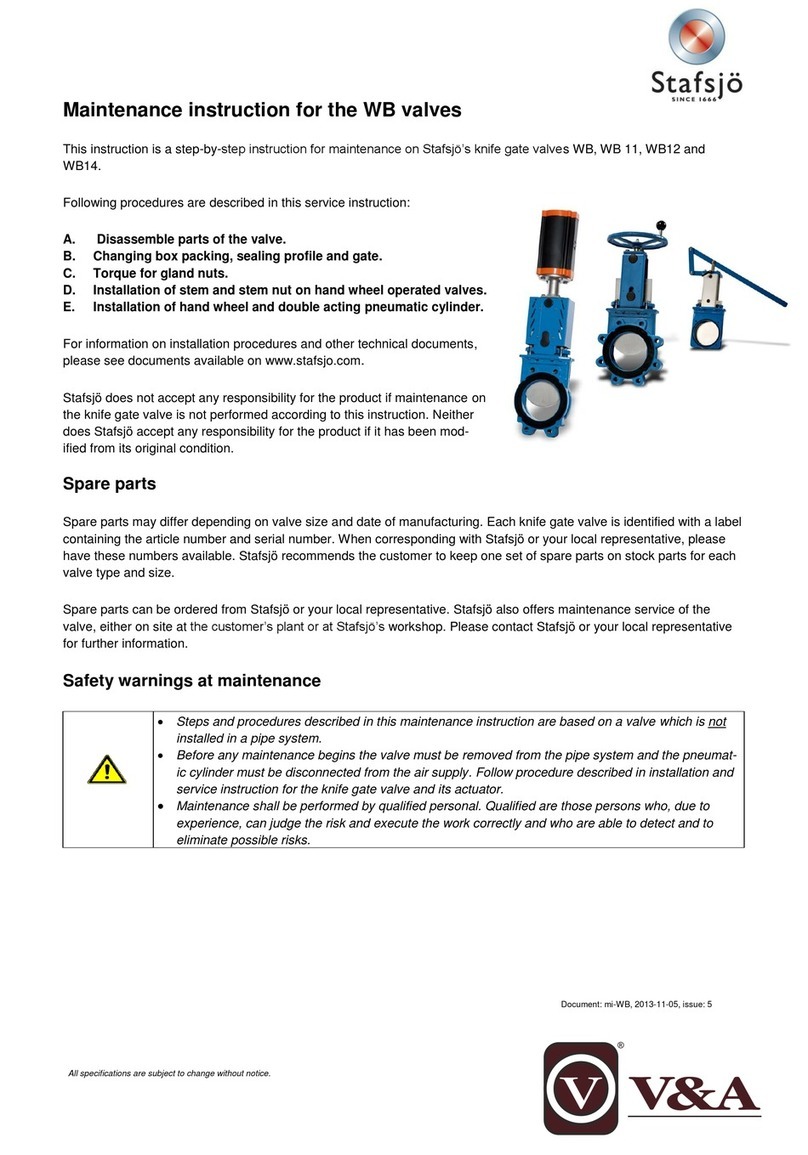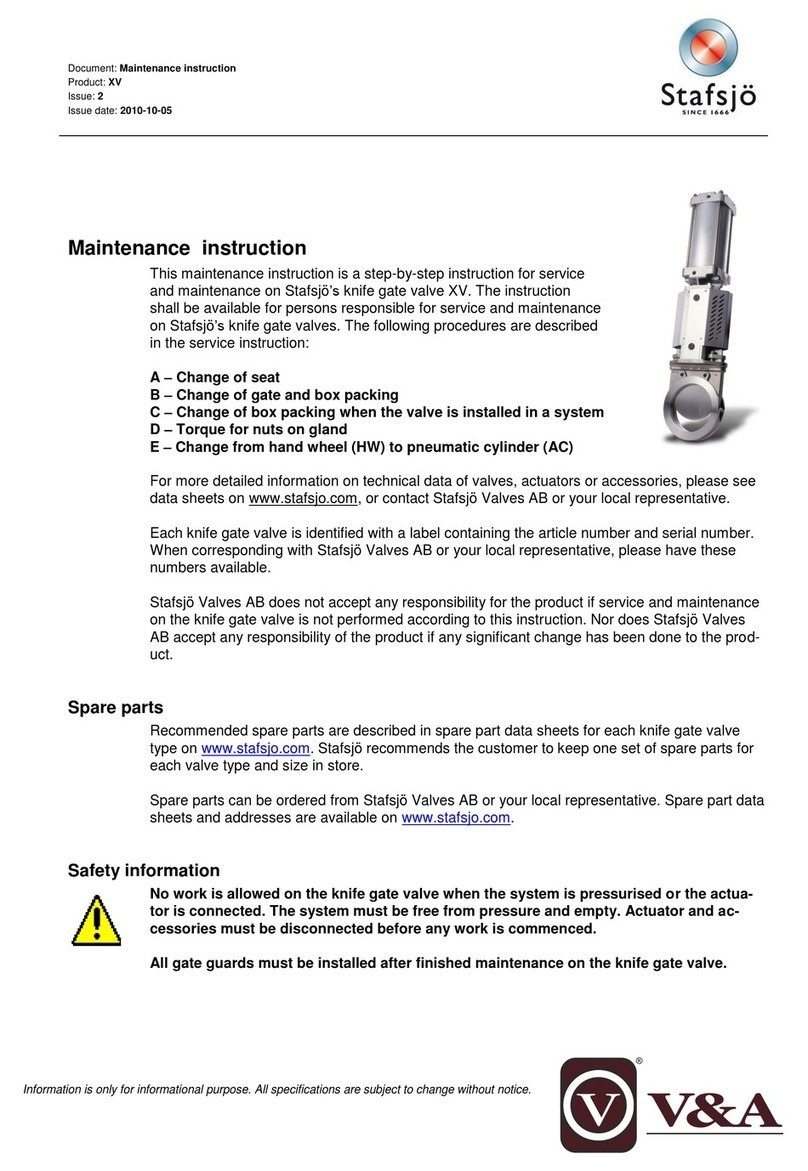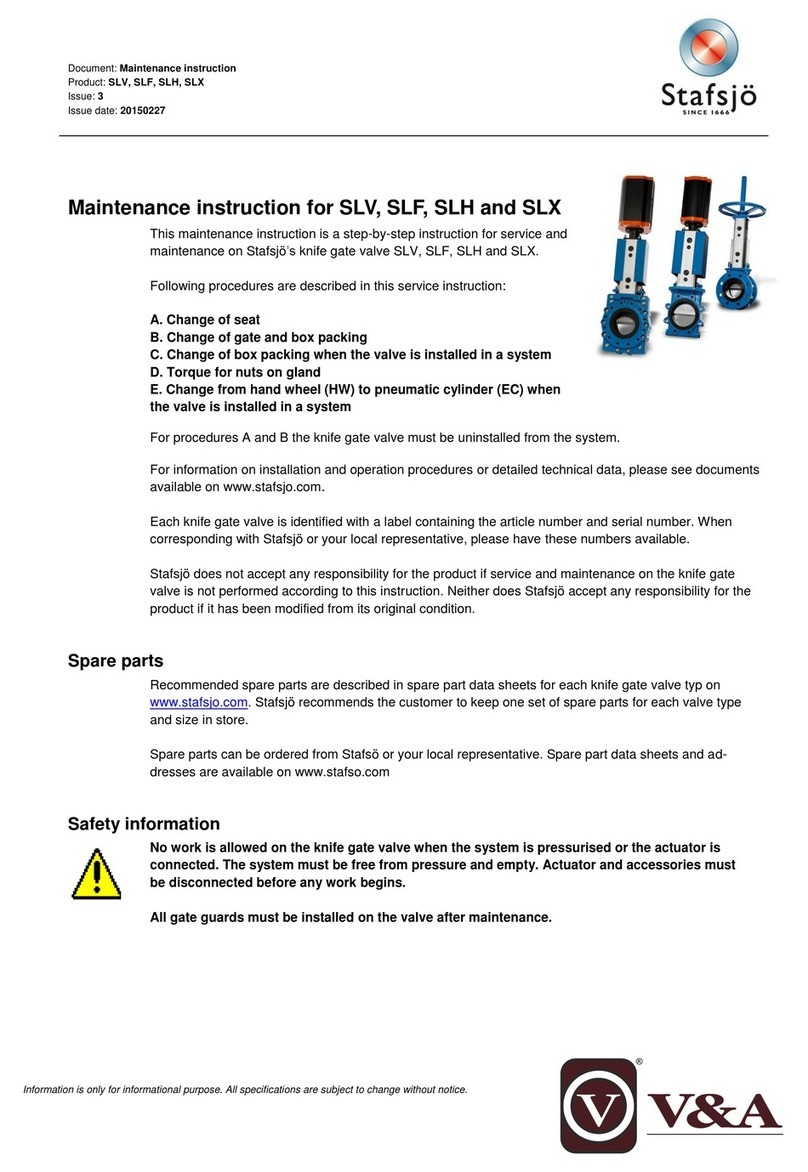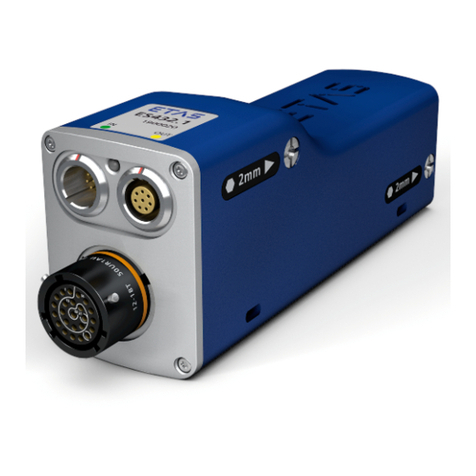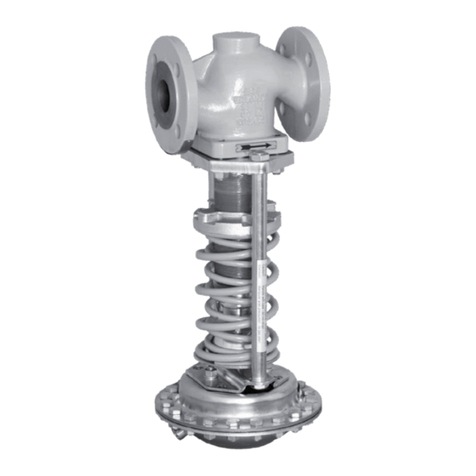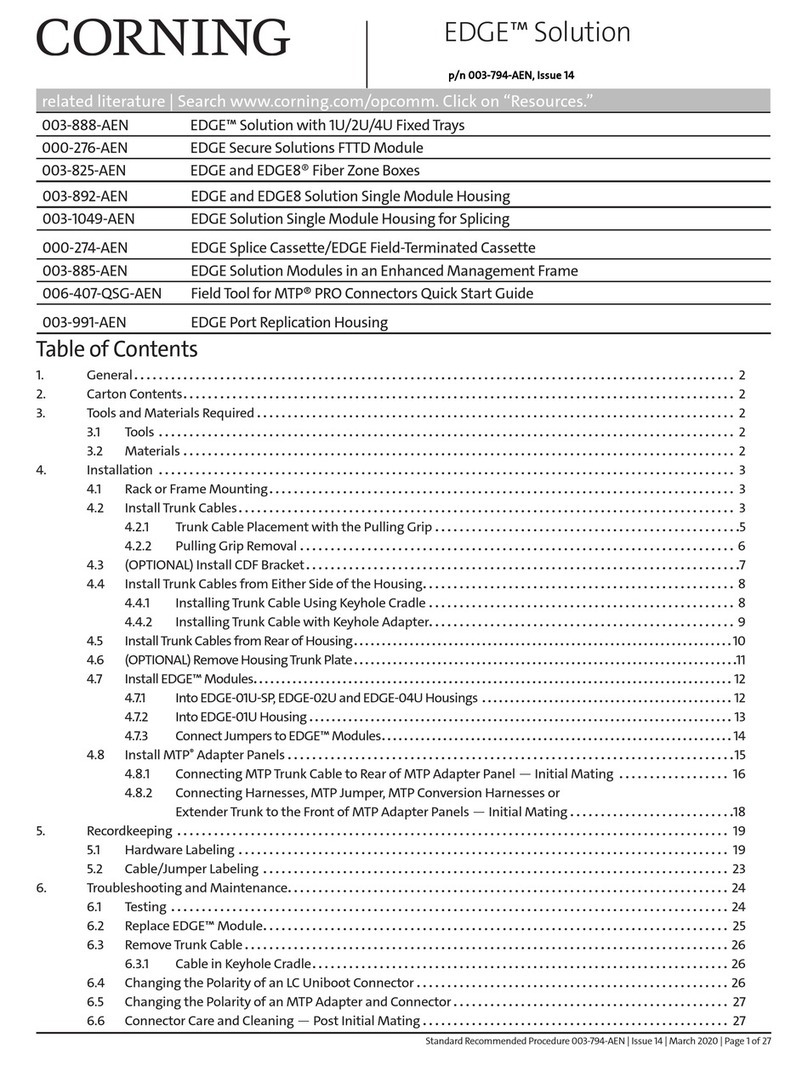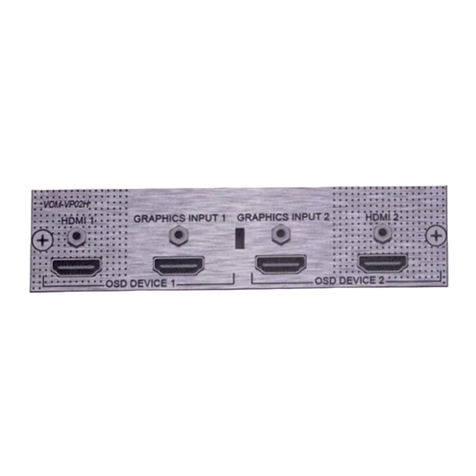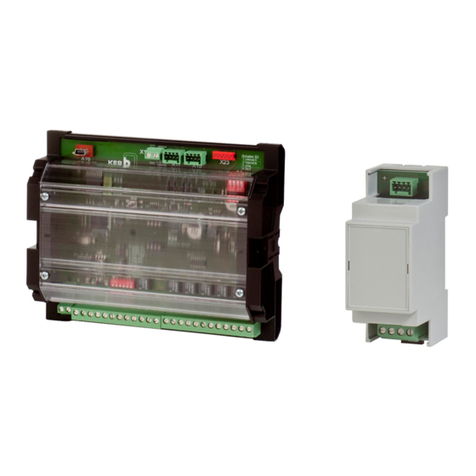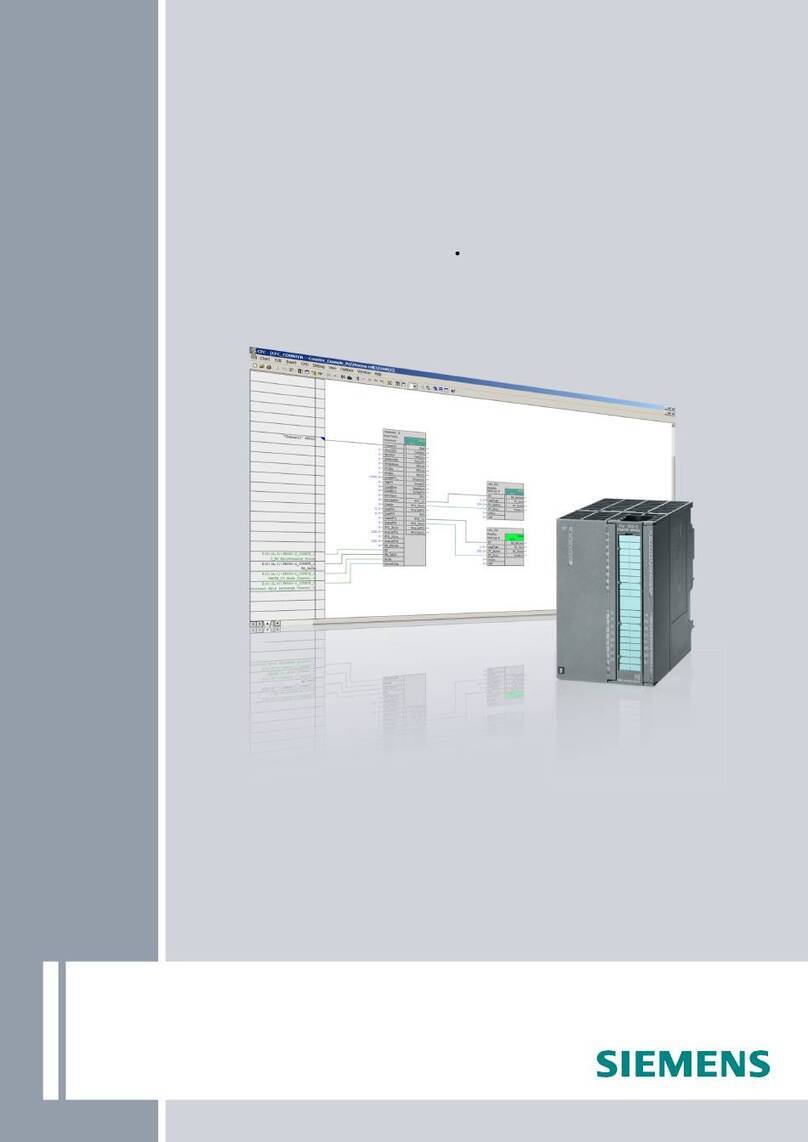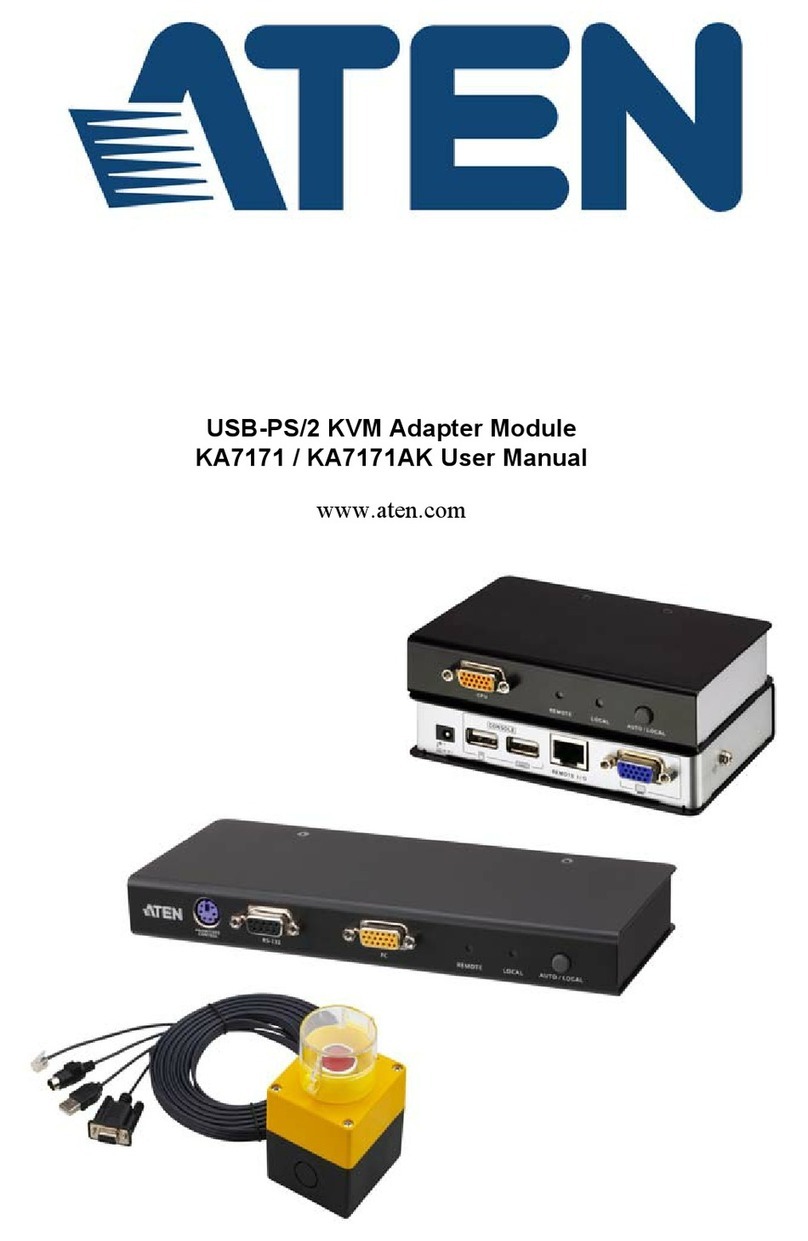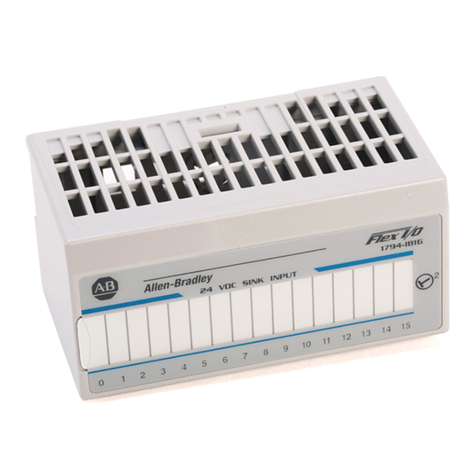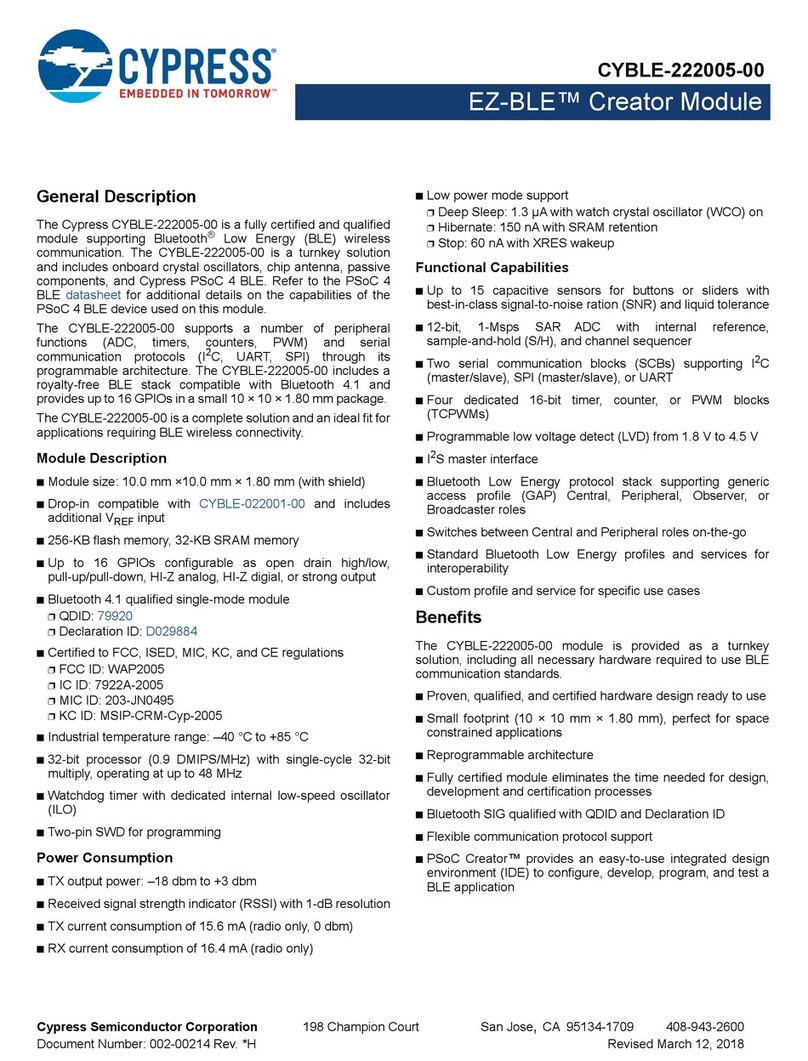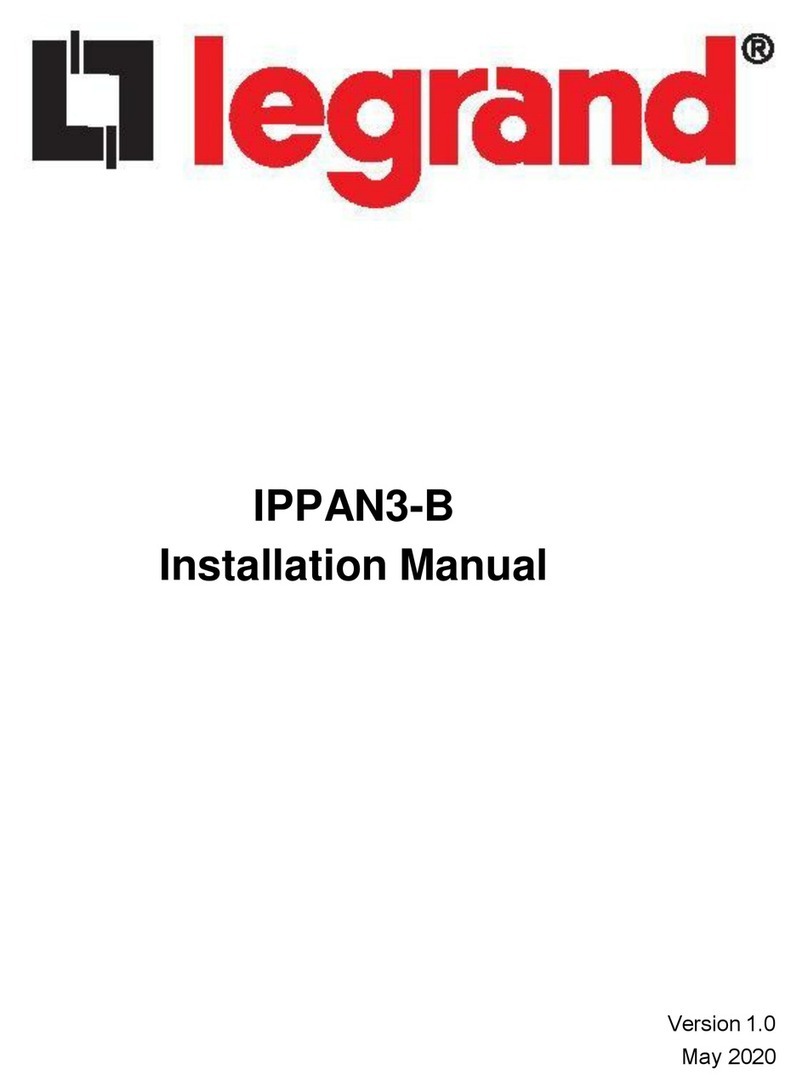Stafsjö HL Operating and maintenance instructions

Document: Maintenance instruction
Product: HL/HG/HP/HPT
Issue: 3
Issue date: 2010-10-05
Stafsjö Valves AB. SE-618 95 Stavsjö, Sweden. Tel: +46 11 39 31 00. Fax: +46 11 39 30 67. info@stafsjo.se www.stafsjo.com
A Bröer Group Company
Maintenance instruction
This maintenance instruction is a step-by-step instruction for service
and maintenance on Stafsjö’s HG valve. Same procedure also applies
for HL, HP and HPT. The instruction shall be available for the persons
responsible for service and maintenance on the Stafsjö knife gate
valves.
The following procedures are described:
A – Change of seat
B – Change of box packing
C – Change of box packing when the valve is installed in a system
D – Torque for nuts on gland
E – Change of gate, guide strips and body gasket
F – Torque for valve body screw joint reinforcement
G – Change from hand wheel (HW) to pneumatic cylinder (AC)
For more detailed information on the technical data of the Stafsjö knife gate valves, actuators or
accessories, please see data sheets on www.stafsjo.com, or contact Stafsjö Valves AB or your
local representative.
Each knife gate valve is identified with the metal plate containing the valve article number and
serial number. When corresponding with Stafsjö Valves AB or your local representative, please
have these numbers available.
Stafsjö does not accept any responsibility for the product if service and maintenance on the
knife gate valve is not performed according to this instruction. Nor does Stafsjö Valves AB ac-
cept any responsibility of the product if any significant change has been done to the product.
Spare parts
Recommended spare parts are described in spare part data sheets for each knife gate valve
type on www.stafsjo.com. Stafsjö recommends the customer to keep one set of spare parts for
each valve type and size in store.
Spare parts can be ordered from Stafsjö or your local representative. Spare part data sheets
and addresses are available on www.stafsjo.com.
Safety information
No work is allowed on the knife gate valve when the system is pressurised or the actua-
tor is installed. The system must be free from pressure and empty. Actuator and acces-
sories must be disconnected before any work is commenced.
All gate guards must be installed after finished maintenance on the knife gate valve.
Information is only for purpose All specifications are subject to change without notice.

Document: Maintenance instruction
Product: HL/HG/HP/HPT
Issue: 3
Issue date: 2010-10-05
2
Main components in the Stafsjö knife gate valve HG
Figure 1
Stud bolt
Gland
Box packing
Retainer ring
Seat
Valve body
Nut and washer
Gate
Valve body top
Seat
Retainer ring

Document: Maintenance instruction
Product: HL/HG/HP/HPT
Issue: 3
Issue date: 2010-10-05
3
Part list of the Stafsjö knife gate valve HG
Figure 2
Pos
Part
Pos
Part
Pos
Part
Pos
Part
1
Hand wheel
5
Tie rod
9
Box packing*
16
Gate guard, not for HW
2
Yoke
5a
Washer
10
Valve body
16a
Gate guard, not for HW
2a
Bearing
5b
Nut
11
Body gasket
17
Gate clevis
2b
Bearing washer
6
Gate
12
Retainer ring
18
Cylinder
2c
Bearing
7
Beam
12a
Locking screw
20
Clevis pin
3
Stem
8
Gland
13
Seat*
21
Split pin
4
Stem nut
8a
Stud bolt
14a
Guide strip
25
Piston rod
4a
Washer
8b
Washer
14b
Guide strip, top
28
Locking nut
4b
Screw
8c
Nut
15
Bushing
* Recommended spare parts
13
9
8
10
12
7
8
5
10
14a
9
11
6
15
3
1
2b
18
16
16a
14b
8a
8c
8b
5a
5b
2c
2a
2
2b
8a
8c
8b
12a
4b
4a
4
21
20
17
28
25

Document: Maintenance instruction
Product: HL/HG/HP/HPT
Issue: 3
Issue date: 2010-10-05
4
Service and maintenance
See figure 1-2 for identification of the parts in the HG knife gate valve. Parts differ depending on
the valve size and date of manufacture. Please contact Stafsjö Valves AB or your local repre-
sentative if you have any questions.
For more information on installation and operation of the knife gate valve and pneumatic cylin-
der, please see Operating instruction for knife gate valves and pneumatic cylinders on
www.stafsjo.com or contact Stafsjö Valves AB or your local representative.
Stafsjö offers the customer service and maintenance of Stafsjö knife gate valves, either in the
customer’s plant or at the Stafsjö workshop. Please contact Stafsjö Valves AB or your local rep-
resentative for more information.
For procedures A, B, E, F and G the knife gate valve must not be installed in a system.
No work is allowed on the Stafsjö knife gate valve when the system is pressurized or the
automatic actuator is connected. The system must be empty and free from pressure be-
fore dismantling of the valve begins. The actuator and accessories must be discon-
nected.
The gate guards must be installed after finished maintenance on the knife gate valve.
A – Change of seat
Place the valve horizontally with the seat side up to simplify changing the seat.
1. Open the valve.
2. Loosen the locking screws (12a) the retainer ring (12) is locked with.
3. Lift of the retainer ring (12). If the retainer ring is stuck, use a screw driver or similar and
bend carefully between the retainer ring and the valve body in several places around the
bore until the retainer ring is loose.
4. Check the gate (6) for damages such as dents and scrapes. If the gate is damaged it can
wear out the box packing (9) and the seat (13), causing leakage. Stafsjö recommends
changing the gate if it is damaged to ensure the function of the valve.
5. Clean the area for the seat on the retainer ring and the valve body.
6. Install a new seat (13) on the retainer ring (12) and place the retainer ring in the valve body
(10). For PTFE or metal seat, o-rings must also be installed, see fig. 3. Lubricate the seat
and the o-rings with a synthetic lubricator to make the installation easier.
7. Lock the retainer ring (12) with the locking screws. Note! The function of the screws is only
to keep the retainer ring in place. The retainer ring function come into force when the valve
is installed in a system between pipe flanges.
8. Turn the valve over and follow the same procedures 2-7 for the seat on the other side.
9. Install the valve in the system according to the operating instruction.
10. Operate the valve a few times before the system is pressurised.

Document: Maintenance instruction
Product: HL/HG/HP/HPT
Issue: 3
Issue date: 2010-10-05
5
Figure 3
PTFE
350-500
Retainer ring
600-800
Seat
Valve body
DN
300
200-250
50-150
EPDM/Nitrile/Viton
O-ring
O-ring
O-ring
Sealing
O-ring
O-ring
O-ring
O-ring
O-ring
O-ring
O-ring
O-ring
O-ring
O-ring
Metal Polyurethane

Document: Maintenance instruction
Product: HL/HG/HP/HPT
Issue: 3
Issue date: 2010-10-05
6
B – Change of box packing
Place the valve upright in for example a screw vice to simplify changing the gate and box pack-
ing. Large valves shall be placed on a horizontal work bench.
1. Close the valve.
2. Demount the actuator and top.
Hand wheel
(1)
1. Demount the hand wheel (1).
2. Loosen the nuts (5b).
3. Lift off the bearing (2c), bearing washer (2b), yoke (2), bearing washer
(2b) and bearing (2a) from the stem (3).
4. Demount the beams (7) and tie rods (5).
5. Loosen the screw (4b) from the stem nut (4) and gate (6).
6. Lift off the stem (3) and stem nut (4).
Pneumatic
cylinder (18)
1. Loosen the gate guards (16, 16a).
2. Demount the split pins (21) and clevis pin (20).
3. Loosen the nuts (5b) keeping the cylinder in place.
4. Lift off the cylinder (18).
5. Demount the beam (7) and tie rods (5) from the valve.
3. Loosen the nuts (8c) on the gland (8).
4. Lift of the gland (8) from the stud bolts (8a).
5. Remove the box packing braid (9).
6. Clean the box from residues.
7. Check the gate (6) visually for damages such as dents and scrapes. Do not remove the
gate (6) from the valve body (10). If the gate is damaged it can wear out the box packing (9)
and the seat (13), causing leakage. Stafsjö recommends changing the gate if it is damaged
to ensure the function of the valve.
8. Start the installation of the first braid (9) on one of the long sides of the gate (6). Use a blunt
tool in plastic or wood and a hammer to push the braid into the box. Where the braid ends
meet, check that the short ends are opposite each other, not on top of each other. It is im-
portant to push the first braid evenly into the bottom of the box. The joint of the second and
third braid must be placed on the opposite long side of the joint of the previous braid.
9. Place the gland (8) on the stud bolts (8a).
10. Add the washers (8b) and nuts (8c).
11. Put pressure on the gland (8) by tightening the nuts (8c) gradually and crosswise. The box
packing must be equally compressed all around. Recommended torque for gland nuts, see
chapter D.
12. The gland (8) must put uniform pressure on the box packing (9) and be in level with the top
of the valve body (10).
13. The gland (8) must also be in line with the gate (6) with the same distance between the
gland and the gate all around. Check that there is no metal contact between the gland (8)
and the gate (6).
14. Reinstall the other components in reversed order, step 2.
15. Open the valve.
16. Disconnect the actuator and accessories.
17. Repeat steps 3-13 for the lower box packing.
18. Function test of the knife gate valve.
19. Install the valve in the system according to the operating instruction.
20. Operate the valve a few times before the system is pressurised.

Document: Maintenance instruction
Product: HL/HG/HP/HPT
Issue: 3
Issue date: 2010-10-05
7
Note:
The box packing may start to leak when the system is pressurised and the temperature in-
creases. This is caused by the box packing material which is a soft material that moves depend-
ing on pressure and temperature and when the valve is operated. If the box packing is leaking,
tighten the gland nuts (8c) gradually and crosswise according to chapter D.
C – Change of box packing when the valve is installed in a system
No work is allowed on the Stafsjö knife gate valve when the system is pressurized or the
automatic actuator is connected. The system must be empty and free from pressure be-
fore work begins. The actuator and accessories must be disconnected before work be-
gins.
Work on the knife gate valve when the system is under pressure can cause damages on
persons and equipment.
Check that the system is free from pressure by:
o Observing the pressure measurement on the system
o Opening the drain on the pipe
When the system is free from pressure and empty:
1. Open the valve making a distance between the gland (8) and the stem nut (4) or gate clevis
(17).
2. Loosen the nuts (8c) on the gland (8).
3. Lift the gland (8) and connect it to the stem nut (4) or gate clevis (17) with a wire to be able
to reach into the box packing (9).
4. Remove the box packing braids (9).
5. Clean the box from residues.
6. Check the gate (6) visually for damages such as dents and scrapes. If the gate is damaged
it can wear out the box packing (9) and the seat (13), causing leakage. Stafsjö recommends
changing the gate if it is damaged to ensure the function of the valve.
7. Start the installation of the first braid (9) on one of the long sides of the gate (6). Use a blunt
tool in plastic or wood and a hammer to push the braid into the box. Where the braid ends
meet, check that the short ends are opposite each other, not on top of each other. It is im-
portant to push the first braid evenly into the bottom of the box. The joint of the second and
third braid must be placed on the opposite long side of the joint of the previous braid.
8. Let down the gland (8) on the stud bolts (8a).
9. Add the washers (8b) and nuts (8c).
10. Put pressure on the gland (8) by tightening the nuts (8c) gradually and crosswise. The box
packing must be equally compressed all around. Recommended torque for gland nuts, see
chapter D.
11. The gland (8) must put uniform pressure on the box packing (9) and be in level with the top
of the valve body (10).
12. The gland (8) must also be in line with the gate (6) with the same distance between the
gland and the gate all around. Check that there is no metal contact between the gland (8)
and the gate (6).
13. Repeat steps 2-12 for the lower box packing.
14. Operate the valve a few times before the system is pressurised.

Document: Maintenance instruction
Product: HL/HG/HP/HPT
Issue: 3
Issue date: 2010-10-05
8
Note: The box packing may start to leak when the system is pressurised and the temperature
increases. This is caused by the box packing which is a soft material that moves depending on
pressure and temperature and when the valve is operated. If the box packing is leaking, tighten
the gland nuts (8c) gradually and crosswise according to chapter D.
D - Torque for gland nuts
The torque TG in the table below is a recommended value for tightening the gland nuts (8c)
when a new box packing has been installed and during operation if the box packing is leaking.
TG
DN
Nm
lbf x ft
50-80
20
15
100-150
25
18
200-300
30
22
350-
35
26
If the gland nuts are pulled to hard, it shortens the lifetime of the box packing and the force
needed to operate the valve will increase and the valve function will be affected.
The box packing may leak because it is made of a soft material that moves depending on pres-
sure and temperature and when the valve is operated. If the box packing is leaking, tighten the
gland nuts (8c). Each nut shall be tightened gradually and crosswise until the leakage stops.
Check that the gland (8) is level to the top of the valve body (10). Check that there is no metal
contact between the gland (8) and the gate (6).
Figure 4: Tighten gland nuts crosswise
3
1
2
4

Document: Maintenance instruction
Product: HL/HG/HP/HPT
Issue: 3
Issue date: 2010-10-05
9
E - Change of body gasket, gate and guide strips
To be able to change body gasket, gate and guide strips in the HG knife gate valve, the valve
must not be installed in the system. Place the valve horizontally on a work bench. The valve
body sides must be divided.
The body gasket in the knife gate valve HG differs depending on the valve size and date of
manufacture. Please contact Stafsjö Valves AB or your local representative if you have any
questions.
Previously the body gasket has been a traditional gasket between the HG valve body sides.
New sealing principles have gradually been introduced.
The traditional gasket has been replaced by graphite tape for HG DN 80-250.
The body gasket for the larger sizes of the HG knife gate valve is today a round bar of PTFE
which is mounted in a groove in between the valve body sides. It can be spotted in each end of
the bottom of the box.
Stafsjö recommends the customer to check and if necessary replace the gate and guide strips
in the valve body when it is divided for maintenance.
The following instructions describe change of guide strips, gate and body gasket.
Traditional body gasket
1. Remove the actuator (1,18) and box packing (9), see chapter B.
2. Remove the retainer rings (12) and seats (13), see chapter A.
3. Divide the valve body (10) into two valve body sides.
4. Remove the gate (6) and check it for damages such as dents and scrapes. If the gate is
damaged it can wear out the box packing (9) and the seat (13), causing leakage. Stafsjö
recommends changing the gate if it is damaged to ensure the function of the valve.
5. Check and if necessary replace the guide strips (14a,b) in the valve body sides.
6. Clean the valve body sides (10) and gate (6) from residues and the old body gasket (11).
7. Attach the new gasket (11) with gasket glue on one valve body side. If the gasket is cut from
a large sheet, cut out a strip as wide as the gasket surface.
8. If the gasket does not have holes for the screw joint reinforcement, press a hole in one end
and use a screw to fix the gasket strip while pressing out the rest of the holes.
9. Reinstall the gate (6) on the valve body side. Check that the gate clevis hole is placed to-
wards the valve top and actuator.
10. Put gasket glue on the gasket (11).
11. Mount the other side of the valve body and guide the gasket and valve body sides with
screws in the corners of the valve body.
12. Install greased screws, washers and nuts in the screw joint reinforcement.
13. Tighten the screws crosswise and gradually until they are fully tightened. Recommended
torque values are described in chapter F.
14. Install the other components in reversed order, see step 1-2.
15. Install the valve in the system according to the operating instruction.
16. Operate the valve a few times before the system is pressurised.

Document: Maintenance instruction
Product: HL/HG/HP/HPT
Issue: 3
Issue date: 2010-10-05
10
Graphite tape body gasket
1. Remove the actuator (1,18) and box packing (9), see chapter B.
2. Remove the retainer rings (12) and seats (13), see chapter A.
3. Divide the valve body (10) into two valve body sides.
4. Remove the gate (6) and check it for damages such as dents and scrapes. If the gate is
damaged it can wear out the box packing (9) and the seat (13), causing leakage. Stafsjö
recommends changing the gate if it is damaged to ensure the function of the valve.
5. Check and if necessary replace the guide strips (14a,b) in the valve body sides.
6. Clean the valve body sides (10) and gate (6) from residues and the old body gasket (11).
7. Attach the new graphite tape (11) on one valve body side. The graphite tape must be in one
piece and one layer along the gasket surface. Do not overlap the graphite tape. Put the
graphite tape as close to the screw joint reinforcement as possible without damaging the
graphite tape.
8. Reinstall the gate (6) on the valve body side. Check that the gate clevis hole is placed to-
wards the valve top and actuator.
9. Mount the other side of the valve body and guide the valve body sides with screws in the
corners of the valve body.
10. Install greased screws, washers and nuts in the screw joint reinforcement.
11. Tighten the screws crosswise and gradually until they are fully tightened. Recommended
torque values are described in chapter F.
12. Install the other components in reversed order, see step 1-2.
13. Install the valve in the system according to the operating instruction.
14. Operate the valve a few times before the system is pressurised.
PTFE round bar body gasket
1. Remove the actuator (1,18) and box packing (9), see chapter B.
2. Remove the retainer rings (12) and seats (13), see chapter A.
3. Divide the valve body (10) into two valve body sides.
4. Remove the gate (6) and check it for damages such as dents and scrapes. If the gate is
damaged it can wear out the box packing (9) and the seat (13), causing leakage. Stafsjö
recommends changing the gate if it is damaged to ensure the function of the valve.
5. Clean the valve body sides (10) and gate (6) from residues. Check that the groove with the
old body gasket (11) is clean and free from residues.
6. Check and if necessary replace the guide strips (14a,b) in the valve body sides.
7. Reinstall the gate (6) on the valve body side. Check that the gate clevis hole is placed to-
wards the valve top and actuator.
8. Mount the other side of the valve body and guide the valve body sides with screws in the
corners of the valve body. Use spreaders of 1-2 mm to keep the valve body sides apart to be
able to insert the PTFE bar (11).
9. Insert the new PTFE bar (11) in each groove in the valve body. The PTFE bar must stick out
5-10 mm in the bottom of the box on each side.
10. Take away the spreaders.
11. Install greased screws, washers and nuts in the screw joint reinforcement.
12. Slightly tighten the screws in the screw joint reinforcement crosswise and gradually.
13. Cut off the PTFE bar 0,5-1 mm from the bottom of the box.
14. Seal the groove opening with a flexible sealant.
15. Tighten the screws crosswise and gradually until they are fully tightened. Recommended
torque values are described in chapter F.
16. Install the other components in reversed order, see step 1-2.
17. Install the valve in the system according to the operating instruction.
18. Operate the valve a few times before the system is pressurised.

Document: Maintenance instruction
Product: HL/HG/HP/HPT
Issue: 3
Issue date: 2010-10-05
11
F - Torque for HG valve body screw joint reinforcement
The torque Ts in the table below is a recommended value for tightening the screw joint rein-
forcement between the two HG valve body sides.
HG knife
gate valve
DN
Screw joint
reinforcement
Sd
mm
Torque
Ts
Nm
Torque
Ts
lbf x ft
80
M12
75
55
100
M12
75
55
125
M12
75
55
150
M12
75
55
200
M12
75
55
250
M12
75
55
300
M12
75
55
350
M12
75
55
400
M16
190
140
450
M16
190
140
500
M16
190
140
600
M16
190
140
700
M20
350
258
800
M20
350
258
G - Change from hand wheel (HW) to pneumatic cylinder (AC)
To be able to adjust the cylinder stroke, the pneumatic cylinder must be installed on the knife
gate valve when the valve is not installed in a system.
Large pneumatic cylinders installed horizontally must be supported to not cause tensions in the
valve which might affect the valve tightness and ability to manoeuvre.
1. Close the valve.
2. Demount the hand wheel manoeuvre.
Hand wheel
1. Demount the hand wheel (1).
2. Loosen the nuts (5b) on the tie rods (5).
3. Lift off the bearing (2c), bearing washer (2b), yoke (2), bearing washer
(2b) and bearing (2a) from the stem (3).
4. Lift off the beams (7).
5. Loosen the screw (4b) from the stem nut (4) and gate (6).
6. Lift off the stem (3) and stem nut (4).
3. Screw the locking nut (28) and the gate clevis (17) halfway on to the cylinder piston rod
(25).
4. Install new beams (7) with holes on the tie rods (5). The holes on the beam are placed on
different distances from the short side of the beam. The side of the beam with the longest
distance between the hole and the short side shall be placed against the top of the valve
body (10).
5. Mount the cylinder (18) on top of the beams and fixate with washers (5a) and nuts (5b).
6. Attach the gate clevis (17) to the gate with the clevis pin (20) and the split pins (21).

Document: Maintenance instruction
Product: HL/HG/HP/HPT
Issue: 3
Issue date: 2010-10-05
12
7. Open the valve completely by gently operating the pneumatic cylinder (18). In this position,
the bore edge in the gate (6) should be in line with the retainer ring edge. If it is not, close
the valve, demount the split pins (21) and clevis pin (20) and adjust the gate clevis (17) on
the piston rod (25) until the gate edge and retainer ring edge are in line with each other
when the valve is open.
8. Lock the gate clevis (17) with the locking nut (28).
9. Function test of the knife gate valve.
10. Reinstall the gate guards (16).
11. Install the valve in the system according to the operating instruction.
12. Operate the valve a few times before the system is pressurised.
Other manuals for HL
1
This manual suits for next models
5
Table of contents
Other Stafsjö Control Unit manuals
Popular Control Unit manuals by other brands
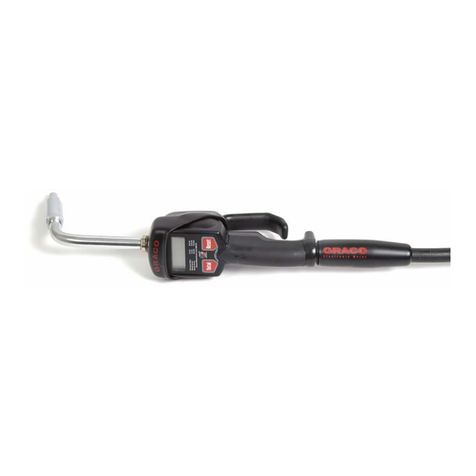
Graco
Graco EM5 Series Instructions-parts list
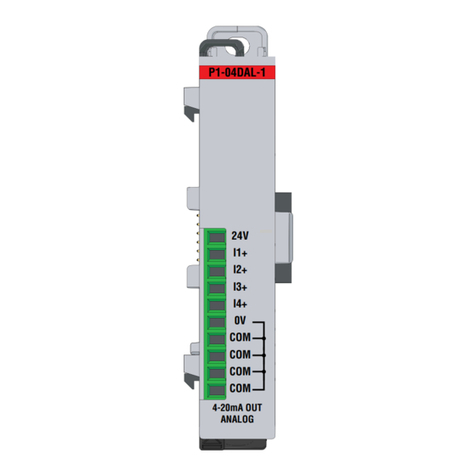
Automationdirect.com
Automationdirect.com Productivity P1-04DAL-1 manual
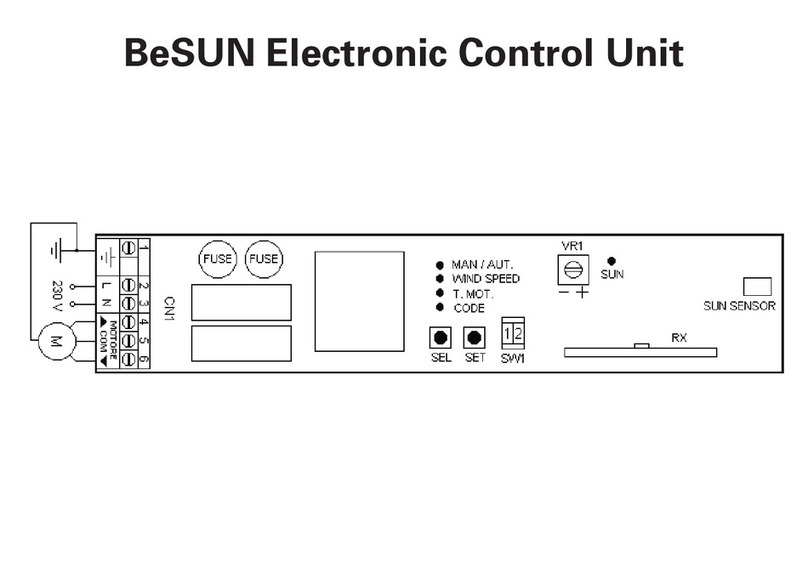
Seav
Seav BeSUN 433 manual

Siemens
Siemens SITRANS FM MAG 8000 IIoT operating instructions

Pentair
Pentair Anderson Greenwood 93 Series Installation and maintenance instructions
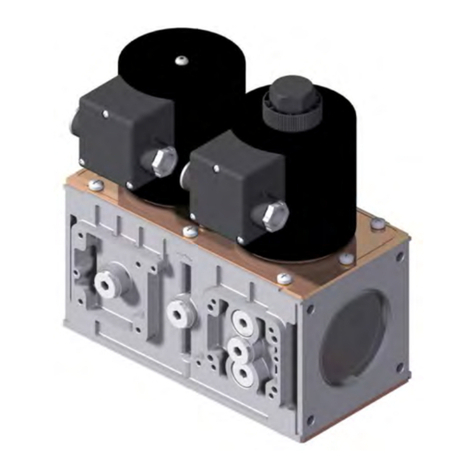
Honeywell
Honeywell VQ400M Series Product handbook

